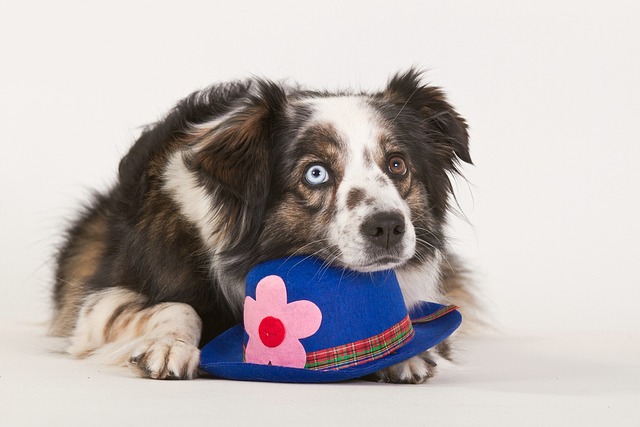
What are the most common dog diseases?
As a dog owner, there’s nothing scarier than seeing your furry friend under the weather. Understanding the most common dog diseases isn’t just about knowledge—it’s your first line of defense.
Watching your dog limp or struggle to move can break your heart. Among the many health issues our furry friends face, orthopedic injuries are all too common. But if you had to pinpoint one that tops the list, it’s the dreaded cranial cruciate ligament (CCL) injury—similar to the ACL tear in humans. Understanding this condition could be the key to keeping your dog active and pain-free.
The CCL is a crucial band of tissue in your dog’s knee joint, stabilizing the tibia and femur as they run, jump, and turn. When it tears, whether partially or completely, it throws off the entire mechanics of the leg. Large breeds like Labrador Retrievers and German Shepherds are especially prone, but smaller dogs aren’t immune. High-energy activities, sudden stops, or awkward landings can trigger it, and obesity adds extra strain on those joints.
Spotting a CCL injury early makes a world of difference. You might notice your dog hopping instead of putting weight on the affected leg, or favoring a slow, stiff gait. They could become reluctant to climb stairs, jump on the couch, or play as vigorously. In some cases, the knee might swell or make a popping sound. Ignoring these signs isn’t just cruel—it can lead to further joint damage, and in many regions, pet owners have a legal obligation to seek veterinary care for suffering animals.
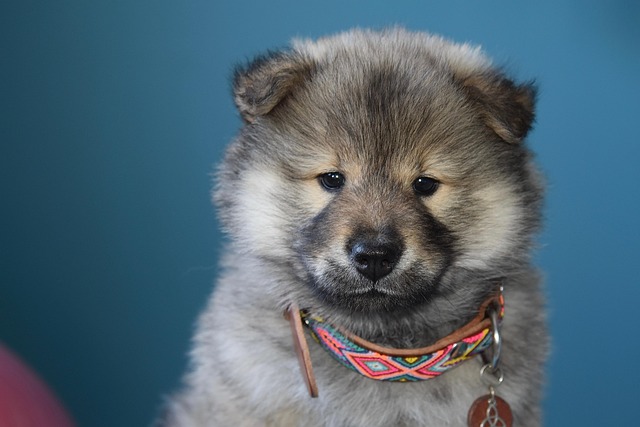 Diagnosis usually involves a thorough physical exam by a vet, who’ll check for joint instability. X-rays help confirm the extent of the damage, ruling out other issues like fractures. Treatment options vary. Minor tears may respond to rest, anti-inflammatory meds, and physical therapy, but severe cases often require surgery. And while costs can be steep, many pet owners consider it a non-negotiable investment in their dog’s quality of life.
Diagnosis usually involves a thorough physical exam by a vet, who’ll check for joint instability. X-rays help confirm the extent of the damage, ruling out other issues like fractures. Treatment options vary. Minor tears may respond to rest, anti-inflammatory meds, and physical therapy, but severe cases often require surgery. And while costs can be steep, many pet owners consider it a non-negotiable investment in their dog’s quality of life.
Recovery is a marathon, not a sprint. Post-surgery, your dog will need strict crate rest for weeks, gradually transitioning to short leash walks. Physical therapy exercises, like controlled swimming or gentle stretching, rebuild muscle strength. It’s tough limiting your dog’s movement, especially if they’re used to being active, but cutting corners risks re-injury. Plus, ensuring proper care aligns with animal welfare regulations protecting pets from negligent treatment.
Prevention is always better than cure. Keeping your dog at a healthy weight is crucial—even a few extra pounds double the stress on joints. Incorporate low-impact activities like slow hikes or treadmill walks, and avoid rough play on slippery floors. Some owners opt for joint supplements rich in glucosamine and chondroitin, though consult your vet first. And if you notice any changes in your dog’s mobility, don’t hesitate to seek professional advice.
Dealing with a CCL injury is a challenge, but with the right care, most dogs bounce back. Seeing your pup regain their zest for life makes every sleepless night and therapy session worthwhile. Remember, being a responsible pet owner means staying vigilant about their physical health, not just showering them with love. Your dog depends on you to keep their joints strong and happy for years to come.

As a dog owner, there’s nothing scarier than seeing your furry friend under the weather. Understanding the most common dog diseases isn’t just about knowledge—it’s your first line of defense.

Picture this: It’s 7 AM in your Seattle apartment, and your golden retriever, Bailey, greets you with breath that could wilt flowers.
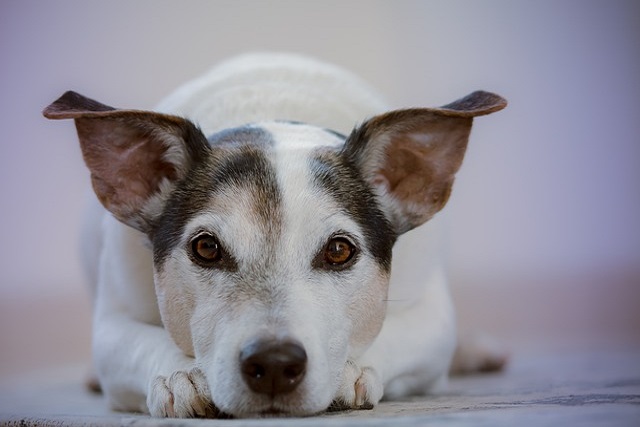
Picture this: You're chopping rainbow carrots for dinner in your Chicago apartment when your Labrador, Bear, plants hopeful eyes on the cutting board.
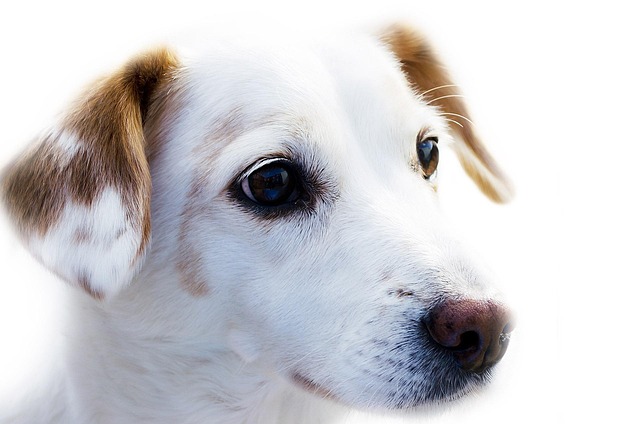
Imagine coming home after a long day, and your new furry friend runs to greet you at the door. It’s a heartwarming moment that makes you wonder:
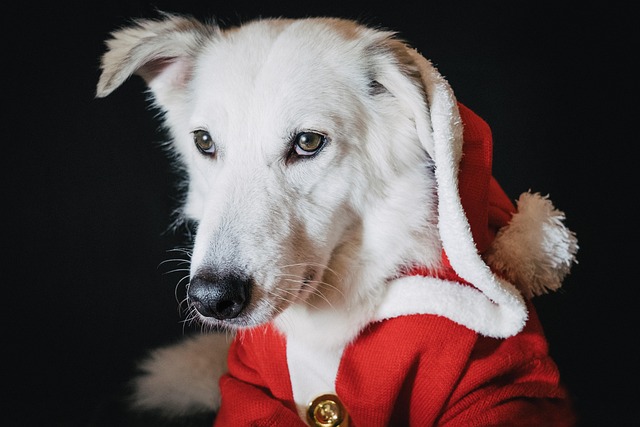
Ever caught yourself staring at your pregnant furball,wondering when those tiny paws will finally make their debut?The anticipation can feel endless,but understanding a dog's pregnancy timeline is key to keeping both mom and puppies safe.
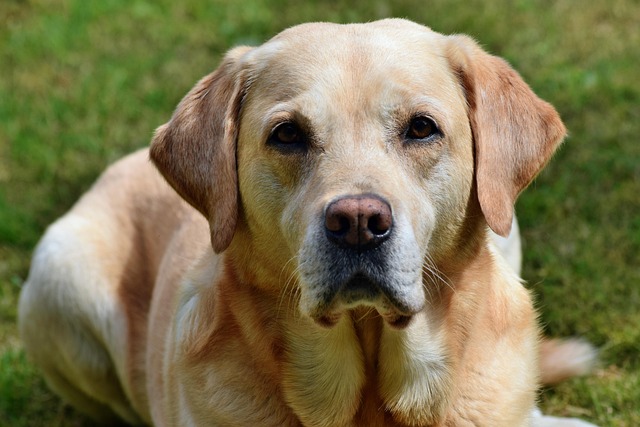
Picture this: You’re sipping morning coffee in your Brooklyn apartment while your toy poodle, Charlie, nudges his empty bowl. Or maybe you’re rushing home from work in London,